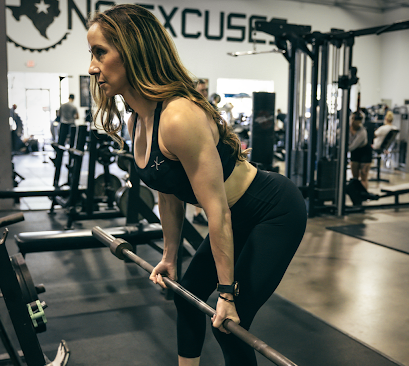

How The Pros Prepare for Competition Season
By: Kelly Vaupel
PNBA Bikini Diva Pro Athlete
How do the Bikini Divas get ready for a bodybuilding competition and get into shape to step on stage? I get asked this question often from other competitors, but mostly from women looking to get in better shape. They often believe the competition prep must be unattainable or include extreme diets, tricks, or supplements. Most women are surprised to hear that it’s not any of those, but instead planning, tracking, and consistency.
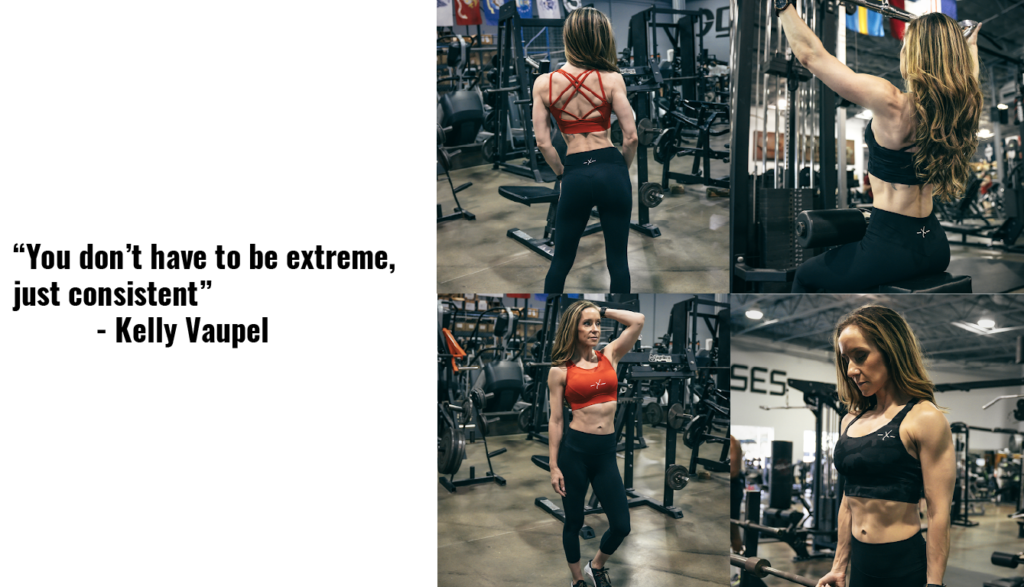
Each time I prepare for a competition, the plan is slightly different depending on when I start planning. Typically, I will begin planning by selecting a competition that is approximately 60 days away. As a seasoned professional athlete, 60 days gives me adequate time to plan workouts, nutrition, travel, and logistics for a competition.
Phase 1: Improvement Phase, more than 60 days before a competition
The time leading up to the 60-day pre-competition kickoff, my training plan is typically about gaining muscle and specifically, rounding out certain muscles that will give me an overall balanced physique. The Bikini Diva division requires overall body symmetry, and this is something I am always working on. I have been competing for 15 years and I have made significant improvements over the years. However, I am always looking to improve and, as a bodybuilding competitor, that is the mindset you want to consistently be in. You’re never finished!
The pre-prep workout plan for me is typically training 5 days a week with reps set below 10 for each set and weights high enough to reach failure. This is how I know that I’m gaining strength and muscle, but it also means that recovery is slightly longer. I need to listen to my body and take those rest days when I feel that I need to. That’s counterintuitive to my mindset, as I used to always think … No pain, no gain. Keep going! But, I’ve learned over the years of competing that rest can be more beneficial than hitting another workout. If I give my muscles a little rest, I can go into the next workout with better form, strength, and focus. It makes that next workout worth more than if I had tired, fatigued muscles.

7-day Split might look like this:
Day 1: Legs/Quad focus
Day 2: Rest
Day 3: Back and steady-state cardio
Day 4: Rest
Day 5: Shoulders, Arms
Day 6: Legs/Hammie and Glute focus
Day 7: Chest, Abs, and steady-state cardio
Now, let’s talk cardio. There is always a debate about cardio. How much? When? What intensity? And, it all depends on factors like body type, fitness goals, and the nutrition plan. For me, before a competition prep phase, I don’t do much cardio. I like to utilize any additional weight that I have for the improvement phase to build muscle. I typically do two cardio sessions of 30 minutes at a medium level of intensity per week during a pre-prep timeframe. I mostly do this for cardiovascular health and not as part of my bodybuilding goals.
The meal plan before competition prep is the most fun! I have a macro plan that supports my fitness goals of gaining size and muscle. This never happens as quickly as I would like, but it’s exciting when you see the results. I utilize a flexible diet, which in my mind, isn’t a diet at all. I set a macro amount to achieve each day that is 45% carbohydrates, 25% fat, and 30% protein. I’m able to eat whatever I want, as long as it fits into those macros. I track what I’m eating each day, even in the off-season, in MyFitnessPal.
Phase 2: 60 days before a competition. This is PREP!
As I shift into the next phase of preparation, my workout and meal plan will change slightly. This phase begins about 60 days before a competition. This is the point where I start to evaluate my body fat levels and determine what changes I will need to make to step on stage. Some competitors, depending on how long of an off-season or improvement season they take, might need a longer prep time to get stage-ready. I try not to deviate too far from stage condition because I don’t like to make drastic changes during preparation. I prefer to make small adjustments and keep my energy levels up and consistent.
What does this look like for me? For my workouts, I shift to working out 5-6 days a week and using 10-12 reps per set. These workouts might take a little more time, but it helps me hone in on the muscles that I want to round out as I focus on my conditioning. Then, thinking about cardio and the big debate on this topic, I evaluate my body fat and determine if I need the extra help in getting to my stage condition. This is not about weight but more conditioning overall. I have my coach evaluate my conditioning because it’s hard to be objective when you evaluate your own conditioning.
With all of this input, I’ll then decide if I need to up my cardio game in this phase. If I do, I will likely change the intensity of the cardio sessions that I do. I will change them from the 30-minute steady-state run or stair stepper to a 20-30 minute HIIT session. The intervals help me kick up the intensity and burn fat more efficiently. I like to do it in this way, because I have a very busy schedule outside of my training. So, I like to add efficiency instead of adding more time to my workouts.
My meal plan will also take on small changes during this phase. I will maintain the same marco split each day, but I will remove approximately 100-200 calories per day. The amount of total calories I remove per day depends on my condition level. I prefer for it to be the least amount removed as possible, who wouldn’t!. It depends on the conditioning goals that I am looking for.
Phase 3: 30 days before a competition. It gets REAL!

During this phase, I start to make small adjustments from the previous phase. My adjustments are all dependent on my conditioning. I don’t change too much for my workout plan since consistency is of utmost importance. I keep the weight training about the same as the previous phase. I will evaluate my cardio sessions based on my conditioning. I try, with all my might, to be at a conditioning level that doesn’t require more cardio. If anything, I like to reduce cardio in this phase since my macros will start to come down, along with energy levels.
However, if you increase cardio in this phase, there is always a debate on when you should do cardio. And, the answer is … it really doesn’t matter. It doesn’t need to be fasted cardio or by a specific time. As long as you get it in during the day, it counts!
For my meal plan at this phase, I will reduce overall macros again, but it’s typically a small reduction. If my conditioning requires more, I will do so. But, typically, it’s another 100-200 calorie reduction per day. At this point, I will remove those macros from carb and/or fat but keep my protein levels consistent. I find that for me, it helps me lose fat and keep as much muscle as I can. This is also where I cut out any ancillary foods … things like alcohol or sweets. I make the most of the foods I consume and make each macro count!
Peak week: 1 week before on stage. The last TWEAKS!

This is where the fun begins! The hard work is done and peak week is the time to make the final tweaks in conditioning. I check my conditioning every day and I do this with a coach or someone I trust to give me an honest opinion. I’ve learned how my body responds to water, carbohydrates, and salt over my years of competing. So, I use this to monitor and track my levels of each to give me the look I want.
During peak week, I usually decrease my overall macros in the beginning part of the week with a focus on removing carbohydrates or fats. I will also increase my water intake to at least a gallon a day. This usually surprises non-competitors, since they believe that we dehydrate ourselves. But, it’s not necessary or healthy. Instead, I maintain the same levels of water throughout peak week to keep my body in balance and not retain too much water.
Once I get to the middle of the week, I will determine if I can do a little re-feed. If my conditioning is about where I want it or even a little more depleted than I intended, I will re-feed with some extra carbs. This helps to fill out my muscles and give my muscles more shape.
So, what does a workout plan look like for peak week? I’m sure it’s very different for each Bikini Diva. My weight lifting plan for peak week is often intense for the first part of the week. I try to make sure I lift every muscle group in the first 4 days of peak week. I do moderate weights and about 10 reps for each set. I also usually do supersets to keep moving and get my heart rate up.
7-day Split might look like this:
Day 1: Legs
Day 2: Chest and Arms
Day 3: Back and Shoulders
Day 4: Light full body workout and cardio if needed
Day 5: Light full-body workout and cardio if needed
Day 6: Light full-body workout but no legs
Day 7: Rest the day before showtime!
Lastly, it’s about having fun on show day! The prep isn’t too extreme, but it is about being accurate and consistent. This routine I follow has been years of learning what works for me. I admit, in my first years of competing, I had extreme diets and a lot of cardio. But, I learned over the years that it’s not necessary and not healthy for me. I can get stage-ready and not have to go to those extremes. It makes it much more enjoyable and reasonable!






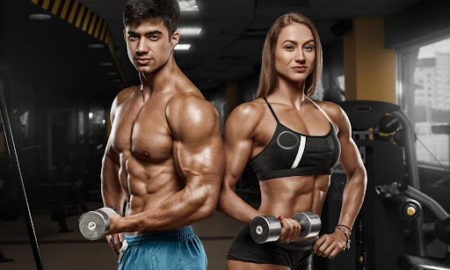
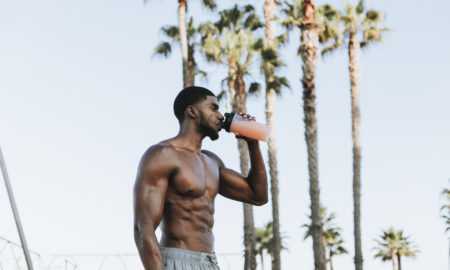






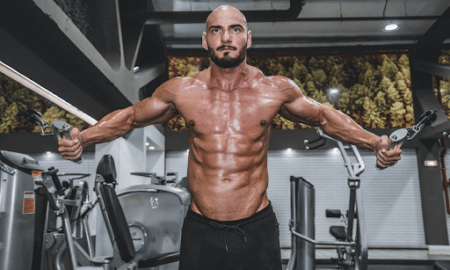


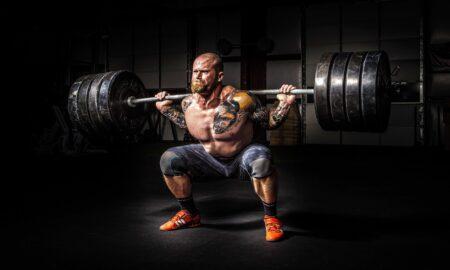
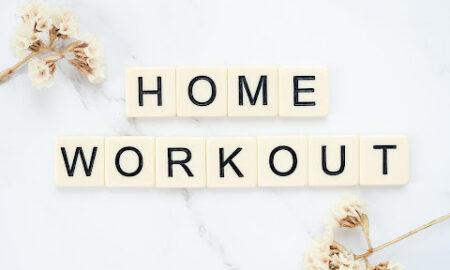



You must be logged in to post a comment Login